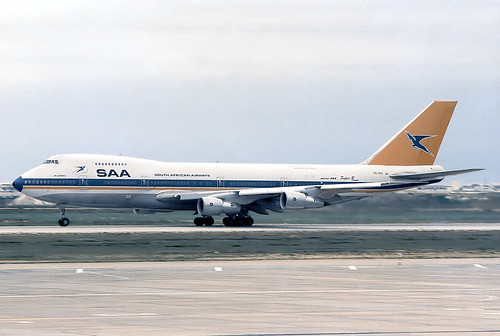The Makhnovshchina is established.
The Makhnovshchina, also known as the Makhnovist movement or the Free Territory, was an anarchist and anti-Bolshevik revolutionary insurrection that took place in Ukraine during the Russian Civil War (1918-1922). It was led by Nestor Makhno, a Ukrainian anarchist and military commander.
Nestor Makhno and his followers, known as the Makhnovists or Black Army, were initially aligned with the Bolsheviks against the common enemies of the White Army (anti-Bolshevik forces) and foreign interventionists. However, tensions soon arose between the Makhnovists and the Bolsheviks, primarily due to differences in their political ideologies and strategies.
The Makhnovists advocated for a free, stateless society based on anarchist principles, emphasizing the decentralization of power and the organization of society through voluntary cooperation. They opposed the centralization of authority and the establishment of a new state, which put them at odds with the Bolshevik government led by Vladimir Lenin.
The conflict between the Makhnovists and the Bolsheviks escalated, leading to a series of confrontations and betrayals. Ultimately, the Red Army, under Bolshevik control, turned against the Makhnovists, viewing them as a threat to the Bolshevik vision of a centralized socialist state. The Makhnovshchina was eventually suppressed, and Nestor Makhno and many of his followers went into exile.
The Makhnovshchina remains a complex and debated episode in the history of the Russian Civil War, as it reflects the ideological and strategic divergences within the broader revolutionary movements of the time.



